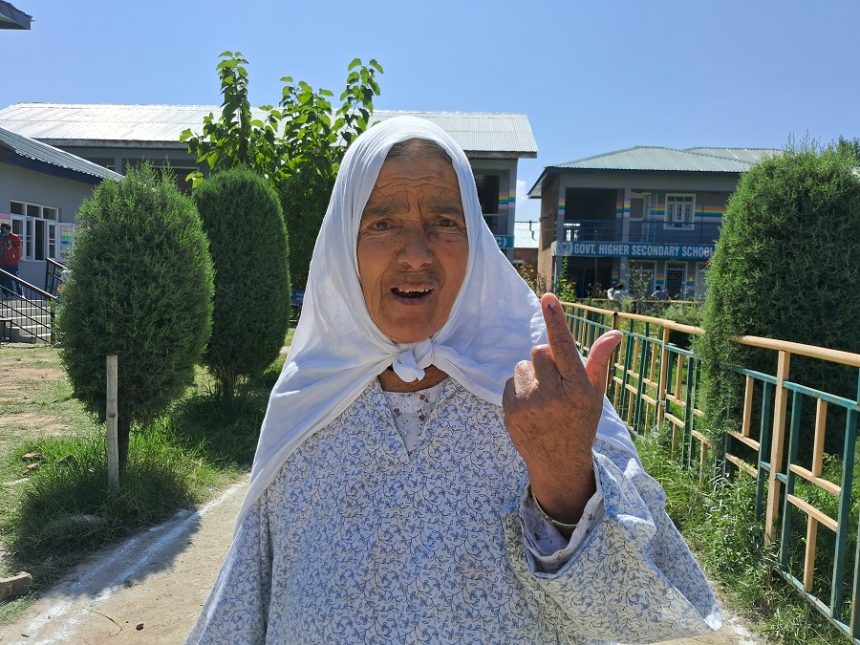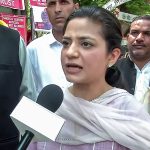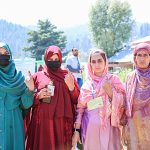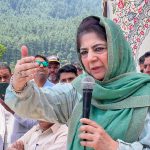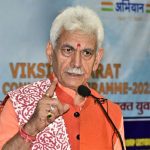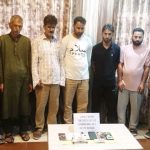Kulgam, Sept 18:
In Kulgam’s three assembly constituencies, voters turned out on Wednesday with a clear mandate — to push for an end to unemployment and demand better development in the district’s rural areas.
Mohd Idrees (28), a youth from Khargund in the Devsar constituency, told Rising Kashmir that he voted for better development in his village and for more employment opportunities for himself and for other young people.
“The elections were held after a long period, and we were waiting for the chance to exercise our franchise. We face many issues, and addressing the needs of the youth should be a priority. We voted for change, to address our problems,” Idrees said.
Shahmala Begum (90), a resident of Bugam village, observed an unusually large voter turnout on Wednesday. She noted that in the past, repeated disappointments from politicians had resulted in low voter turnout in the village.
Similarly, a village in Redwani Payeen, known for its low voter turnout over the past decade, also saw a good number of voters at the polling stations.
At the Government Girls’ Middle School in Redwani Payeen, which housed two polling booths with around 2,000 voters, a significant number of people turned out to cast their ballots, hoping for change and improved development.
“In the past five years, we have faced many issues in our locality and across the constituency. We had no one to turn to for answers. This assembly election gave us the chance to elect representatives who will be accountable for the betterment of our constituency. We hope the new Member of the Legislative Assembly (MLA) will focus on creating employment opportunities for the youth,” said a voter in Tarigam village.
In Khawat Sangus, a village in the Kulgam constituency and the native place of Sayar Ahmad Reshi, an independent candidate backed by the banned Jamaat-e-Islami (JeI), large queues formed as youth, elderly men, and women cast their votes. Locals observed that while the village had previously experienced low voter turnout, this assembly election saw a significant shift, with many people turning out in large numbers.
Interestingly, voters who previously used to hide their inked fingers — the mark of having voted — were now openly displaying them, full of enthusiasm for exercising their right to vote, even in areas previously known as separatist strongholds.




